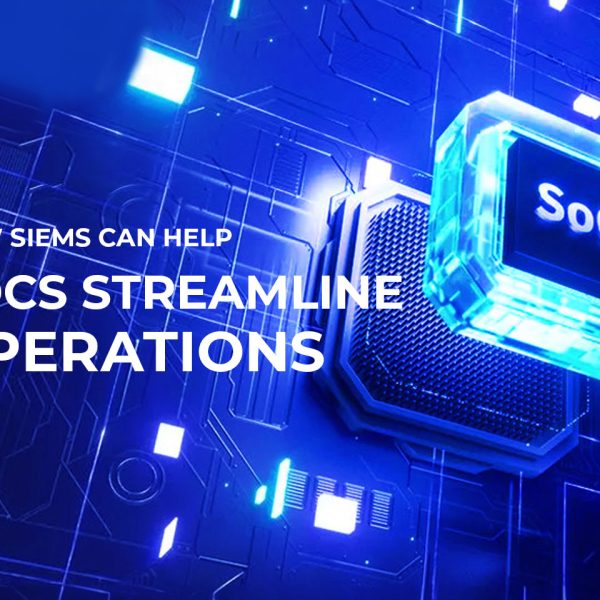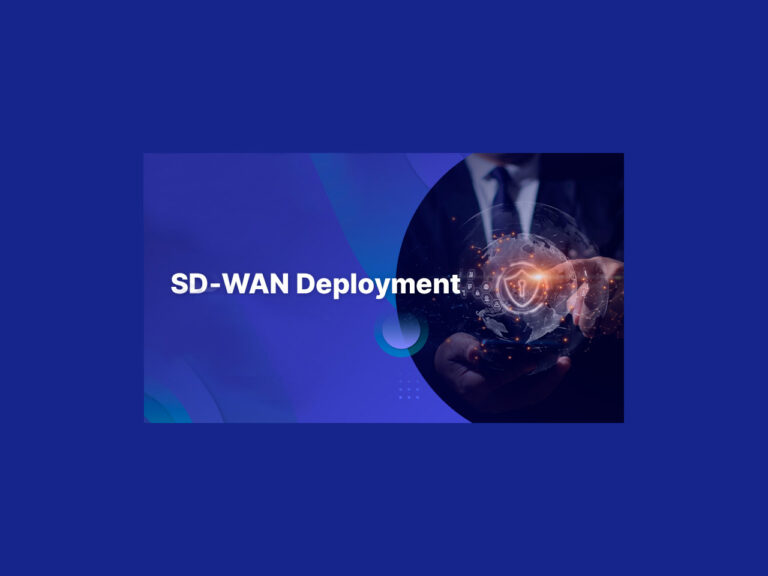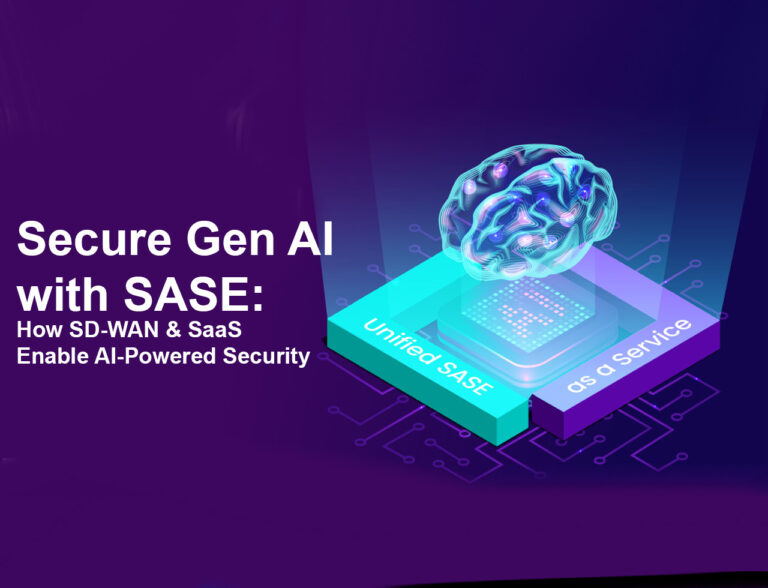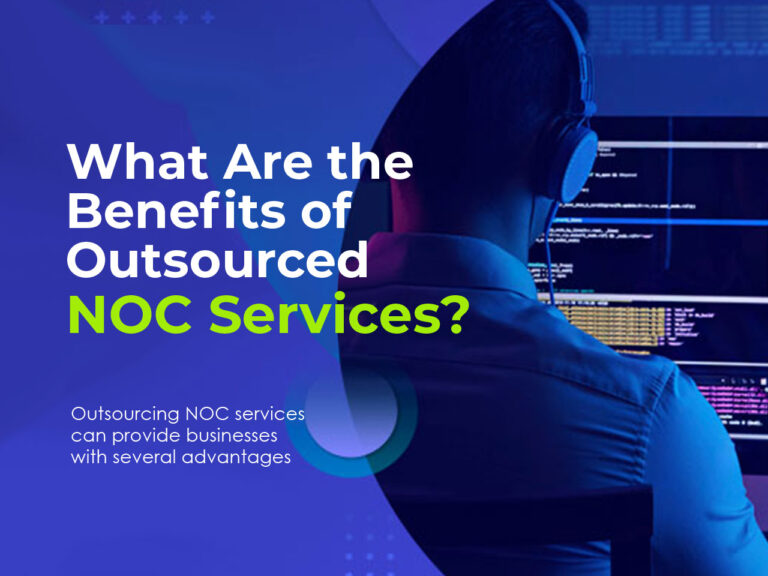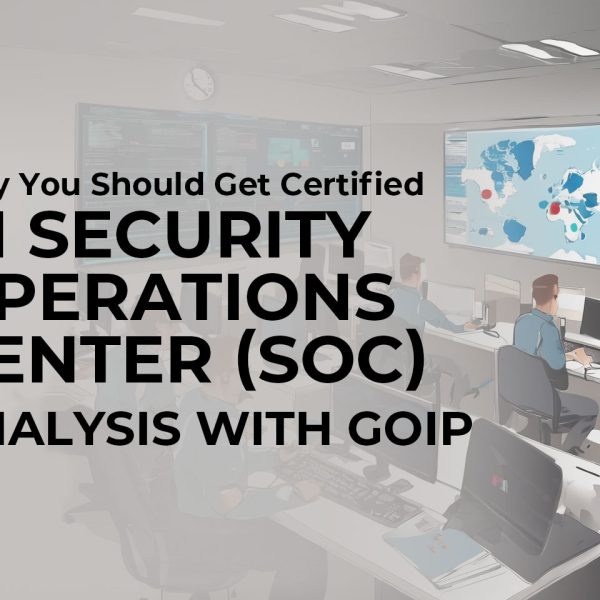Cyberattacks are pervasive and increasingly sophisticated, which means security risks are rapidly growing.
As a result, organizations are implementing SIEM solutions to secure their applications and networks.
As a result, organizations are implementing SIEM solutions to secure their applications and networks.
SIEM solutions streamline security, warn IT teams of threats, and prevent alert fatigue. In this blog, we explore how SIEM software works and how it can benefit security operation center (SOC) analysts.
How SIEMs Work
SIEM software collects events and data from an organization’s applications and devices, analyze them, and classify them into different categories such as failed login, malware activities, exploit attempts, and more. SIEMs identify potential threats by assessing data patterns and providing in-depth security event analysis. When the software detects suspicious activities, it generates security alerts to flag security teams.
Essentially, SIEMs implement a security log management system that allows real-time monitoring of incidents and generates security alerts into one centralized location, which enables security analysts and teams to efficiently analyze data. They also provide visibility into an organization’s entire infrastructure, making the security posture more proactive rather than reactive.
There are various SIEM tools in the market that provide real-time analysis of security alerts and help anticipate cyberattacks.
These are some of the most reputable SIEMs:
1. GOIP strengthens an organization’s security posture by providing automated threat detection and incident response.
It provides an easy-to-use dashboard that visualizes event data for analysis and pattern recognition.
GOIP also has customizable reporting templates so users can easily demonstrate compliance to standards like ISO 27001.
2. GOIP helps organizations detect potential threats and prevent attacks on-premises, in the cloud, in networks, and in hybrid cloud environments.
3. Monitors the entire IT infrastructure and helps security experts prioritize alerts and defend against threats.
It also offers insights into security incidents to determine the root cause of a network issue.
Essentially, SIEMs implement a security log management system that allows real-time monitoring of incidents and generates security alerts into one centralized location, which enables security analysts and teams to efficiently analyze data. They also provide visibility into an organization’s entire infrastructure, making the security posture more proactive rather than reactive.
There are various SIEM tools in the market that provide real-time analysis of security alerts and help anticipate cyberattacks.
These are some of the most reputable SIEMs:
1. GOIP strengthens an organization’s security posture by providing automated threat detection and incident response.
It provides an easy-to-use dashboard that visualizes event data for analysis and pattern recognition.
GOIP also has customizable reporting templates so users can easily demonstrate compliance to standards like ISO 27001.
2. GOIP helps organizations detect potential threats and prevent attacks on-premises, in the cloud, in networks, and in hybrid cloud environments.
3. Monitors the entire IT infrastructure and helps security experts prioritize alerts and defend against threats.
It also offers insights into security incidents to determine the root cause of a network issue.
UEBA vs. SIEM vs. SOAR
User and Event Behavioral Analytics (UEBA) utilizes algorithms and machine learning to monitor user activities and machine entities within a network. It helps identify suspicious activities and potential threats in real-time so it can issue alerts.
UEBA applies behavioral analytics to look for any malicious activity or behavior that can lead to cyberattacks and sends alerts to IT teams, who can then investigate and quickly mitigate the threats before they cause any serious damage.
SIEMs collect, collate, and analyze data in real-time to identify threats, discover trends, notify the security team about suspicious activities, and establish correlations between security events.
Traditionally, SIEMs didn’t include behavioral analytics technology, which is why UEBA solutions were developed to address this gap.
Security Orchestration, Automation, and Response (SOAR) software collects, analyzes, and acts upon security incidents without human intervention. In addition to internal sources,
SOAR collects information from external sources and endpoint security software. The automation feature of SOAR enhances time management and efficiency and minimizes human error.
A SOAR platform enables a security analyst team to monitor security data from a variety of sources, including SIEMs and threat intelligence platforms.
UEBA applies behavioral analytics to look for any malicious activity or behavior that can lead to cyberattacks and sends alerts to IT teams, who can then investigate and quickly mitigate the threats before they cause any serious damage.
SIEMs collect, collate, and analyze data in real-time to identify threats, discover trends, notify the security team about suspicious activities, and establish correlations between security events.
Traditionally, SIEMs didn’t include behavioral analytics technology, which is why UEBA solutions were developed to address this gap.
Security Orchestration, Automation, and Response (SOAR) software collects, analyzes, and acts upon security incidents without human intervention. In addition to internal sources,
SOAR collects information from external sources and endpoint security software. The automation feature of SOAR enhances time management and efficiency and minimizes human error.
A SOAR platform enables a security analyst team to monitor security data from a variety of sources, including SIEMs and threat intelligence platforms.
How SIEM Solutions Can Benefit GOIP SOCs
No organization is safe from intrusions, and organizations of all sizes need constant monitoring to detect and respond to threats quickly. The longer a vulnerability or risk goes unnoticed, the greater the damage it can inflict on an organization.
This is where having a dedicated security operation center (SOC) can enable 24/7 monitoring of an organization’s IT infrastructure and elevate a company’s cybersecurity posture.
SIEMs are an increasingly essential part of SOCs. With companies relying on IT networks, it’s difficult to manually monitor entire systems and analyze large amounts of data.
By using SIEM tools, SOCs can automate the task of detecting threats, saving resources and labor while increasing efficiency and productivity.
SIEMs provide SOC analysts with data of real-time network events and reduce their burden by investigating security incidents, sending out alerts and improving incident response times.
SOCs receives hundreds of alerts every day; SIEM tools analyze these data to detect incidents that constitute real threats.
SIEMs allow already overworked security teams to use their time and attention to thwart potential data breaches.
This is where having a dedicated security operation center (SOC) can enable 24/7 monitoring of an organization’s IT infrastructure and elevate a company’s cybersecurity posture.
SIEMs are an increasingly essential part of SOCs. With companies relying on IT networks, it’s difficult to manually monitor entire systems and analyze large amounts of data.
By using SIEM tools, SOCs can automate the task of detecting threats, saving resources and labor while increasing efficiency and productivity.
SIEMs provide SOC analysts with data of real-time network events and reduce their burden by investigating security incidents, sending out alerts and improving incident response times.
SOCs receives hundreds of alerts every day; SIEM tools analyze these data to detect incidents that constitute real threats.
SIEMs allow already overworked security teams to use their time and attention to thwart potential data breaches.
How to Become an GOIP SOC Analyst
GOIP SOC analysts are essential to cybersecurity teams. Cybercriminals don’t take breaks — the cyber world is always vulnerable to attacks. As the first line of defense,
GOIP SOC analysts save their organizations millions of dollars every year by reducing cybersecurity risks.
GOIP SOC analysts save their organizations millions of dollars every year by reducing cybersecurity risks.

